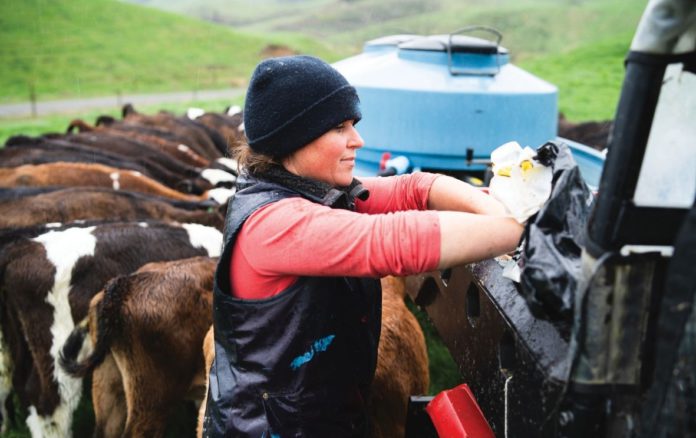FRS discusses calf rearing, various phases, and jobs in the field.
Calf rearing is something that is not usually considered at this time of year.
However, for those looking for meaningful work with flexible hours, it is a great option to consider for spring 2022.
In the coming months, many dairy farmers will require extra help. Calf rearing allows men and women to experience a key aspect of farm life and carry out essential work.
With this role, people can learn on the job and experience satisfaction and achievement once animals are weaned and are thriving.
What is calf rearing?
Many may not be familiar with the role of calf rearing. It is the care of calves from 0 – 12 weeks.
The aim is to produce strong and healthy calves that will continue to develop steadily after weaning.
The role itself will include feeding, housing, general husbandry, and health management.
The first phase of calf rearing is from 0-4 months. This is where the calf is dependent on a liquid diet of milk or milk replacer.
It is the responsibility of the calf rearer to feed the correct amount to the calf, as indicated by the farmer.
At this time, calves will be housed in a shed and are usually placed in small groups in pens. Each farm has a slightly different setup but mostly calves are fed in milk feeders or buckets with teats.
The second phase of calf rearing is when calves are aged 4 – 8 weeks. At this stage, calves will be getting stronger and developing their rumen function.
The calf rearer may need to feed some meal along with milk /milk replacer.
The amount will depend on the amount of liquid the calves are consuming and the type of concentrate the farmer has chosen.
The farmer will once again indicate the feed amount. Concentrate is usually fed by bucket into a trough in the pen.
The last phase of calf rearing is when calves are 8 + weeks. This is when the calves can effectively utilise dry food and are no longer dependant on a liquid diet.
It is at this stage, if the calf is consuming enough concentrates, that they can be weaned. Weather dependent, calves may be moved from housing into a field.
Throughout each phase, the calf rearer will have to check to make sure calves have a freshwater supply and bed them (when necessary) with straw or other bedding material.
Maintaining a good level of hygiene will help the new herd thrive.
Illness among calves
It is also essential to watch for signs of illness among the calves. This may sound daunting as some will have no experience in this area. However, there are some obvious signs to watch out for.
Common signs of illness include:
- Nasal discharge;
- Drooping ears;
- Sunken eyes.
They may be slow to get up or have a loss of appetite or have a scour. The farmer must be notified should these symptoms present to adhere to the farm health management policy.
Calf-rearing jobs
FRS Farm Relief are currently recruiting for calf rearers for spring 2022. These positions are suitable for those looking for flexible work and could be done, for example, while children are in school.
To find out more, contact FRS Farm Relief, call 0818 890 890 or visit FRS’ website.
Read more of FRS’ articles on That’s Farming.





